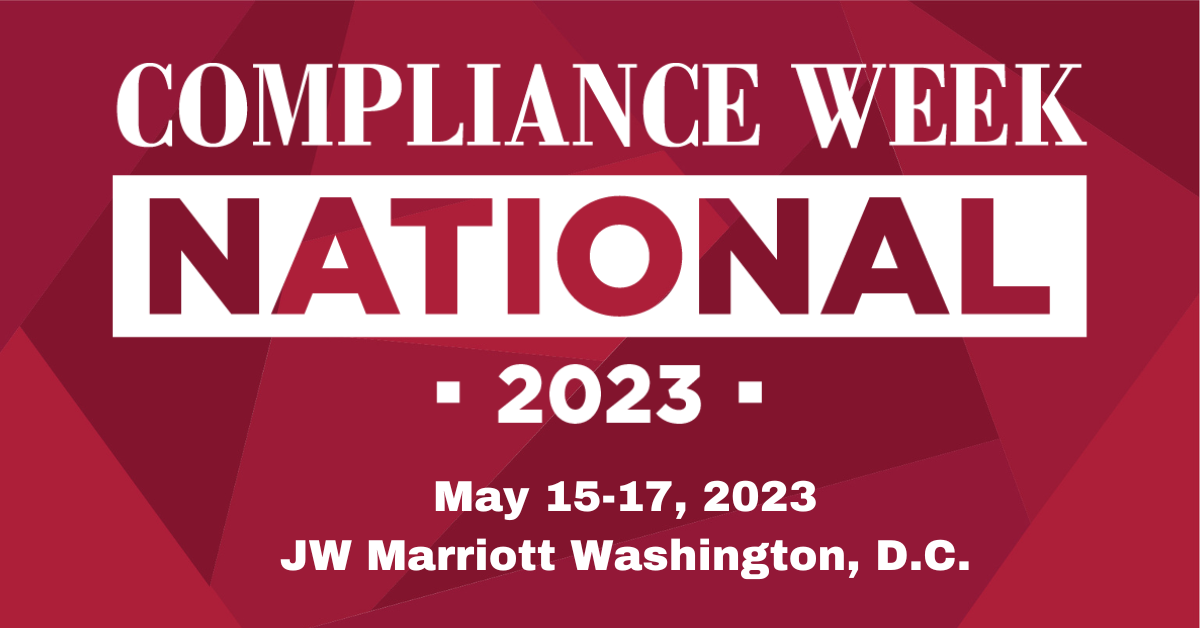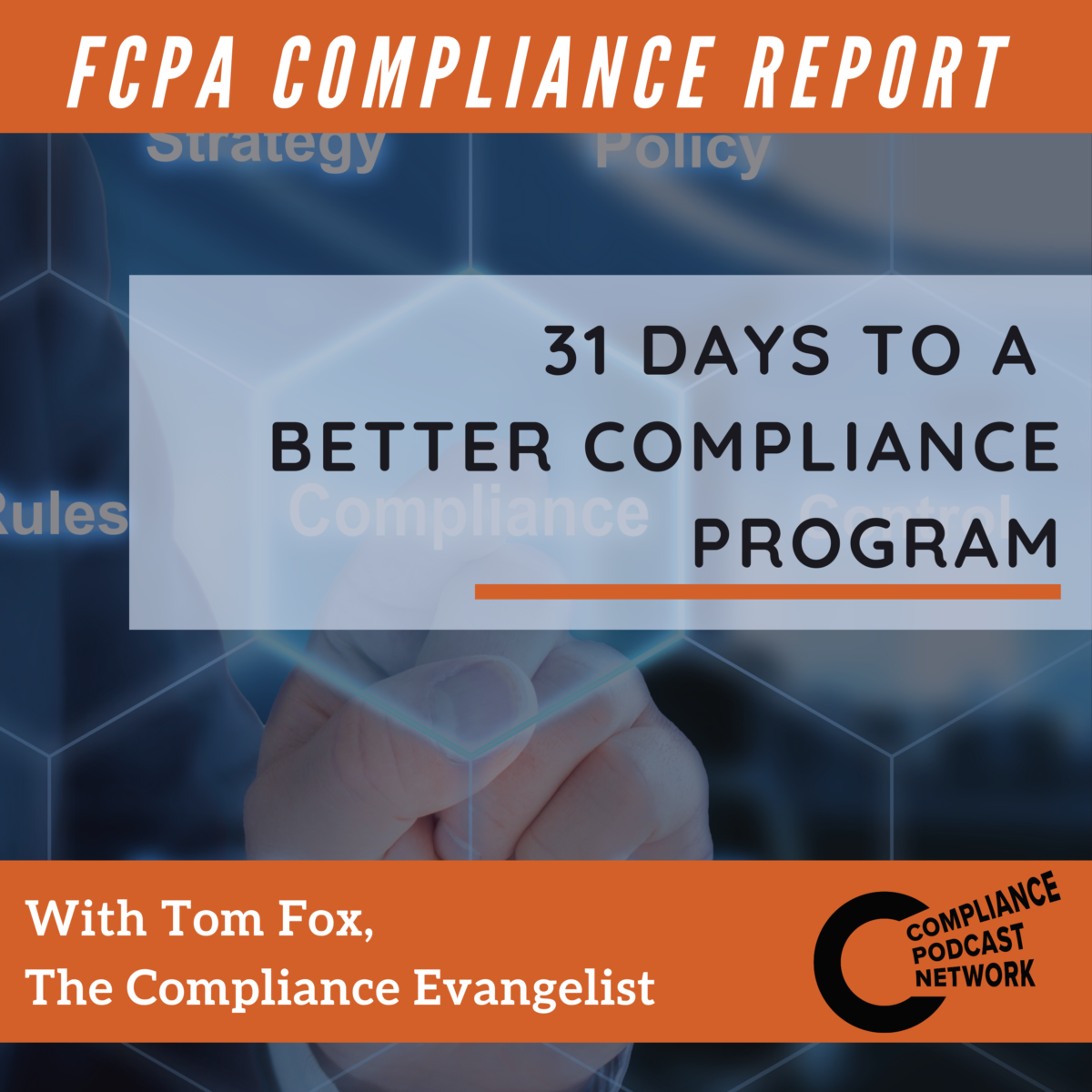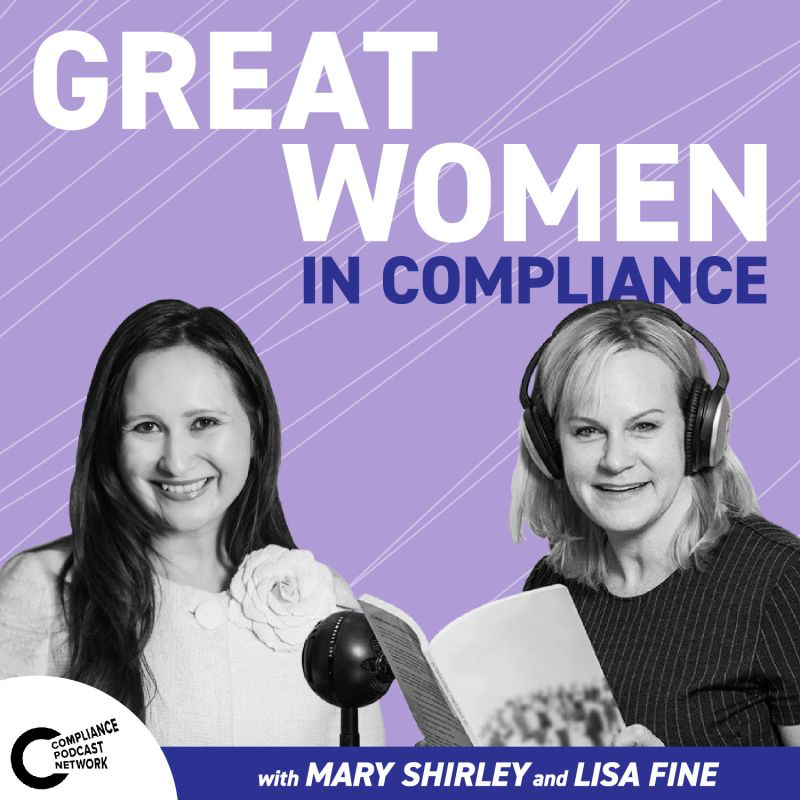As reported in the New York Times, Mike Shannon died last week. In a 65+ year career, Shannon was associate with only one team, the St. Louis Cardinals. Signed by the Cardinals in 1958 for a bonus of reportedly $100,000; he was called to the majors in 1962. Initially he played Right Field but was later moved to 3rd Base. He played in three World Series, 1964, 1967 and 1968 for the Cardinals, winning two of the three. He retired in 1970 due to an illness and then went into broadcasting for the Cardinals, sitting in the booth for another 50 years broadcasting Cardinal games. He had a career batting average of .255, with 68 home runs and 367 runs batted in, and was elected to the Cardinals’ Hall of Fame in 2014.
My connection with Mike Shannon? In 60 plus years of attending baseball games, he is the only MLB player I ever got an autograph from. Was it worth much? Not in dollars but it meant the world to me and cemented by relationship with the Cardinals, right behind the Astros and even though Albert Pujols broke my heart in 2004.
We are in the midst of a blog post series on how to implement a ‘stakeholder’ strategy for a corporation as laid out article in the Harvard Business Review article, entitled “How to Create a Stakeholder Strategy” which proposes a data-driven approach to design, measurement, and implementation by authors Darrell Rigby, Zach First, and Dunigan O’Keeffe.
In their article, the authors the interconnected relationship between all stakeholders, stating “that every stakeholder has an impact on other stakeholders—engaged employees improve customer satisfaction, which in turn spurs growth, and so on—many CEOs are pledging to generate benefits for all their constituents: customers, workers, suppliers, communities, and investors. But few leaders have explicit strategies for doing so; most seem to rely on intuitive approaches.” The authors’ approach is to use a data driven approach, noting that companies should “bolster data from such third parties with inside insights and gain an understanding of the interdependencies among their particular stakeholders.” From there move forward to developing “a clear description of their purpose, establish criteria for evaluating progress toward it, set priorities among stakeholders, and start measuring value creation for each group. The last step is sustaining the new strategy through cultural change and by developing supporting processes and organizational structures.”
The 2019 Business Roundtable Statement on the Purpose of the Corporation, business executives pledged their companies to be businesses for the benefit of all stakeholders, specifically including customers, employees, suppliers, communities, and shareholders. What was missing from this pronouncement was any “explicit strategies for how they will do that.” Indeed the authors intoned that “most seem to be relying on intuitive approaches, which are hard to scale up and sustain because they’re based on leaders’ gut feelings about what matters most rather than specific criteria that can be codified to make delegated decision-making consistent and aligned with leadership’s strategic intent. Worse, when leaders whose personal visions have guided their companies leave their organizations, they take their intuitive strategies and commitment with them.”
However the authors believe that businesses firms can use data, to craft and implement effective growth strategies that recognize the complex interdependencies among stakeholders, create mutual benefits for them, and increase the net value generated collectively for their constituents.” This sounds suspiciously similar to what the Department of Justice (DOJ) has said about the Chief Compliance Officer and compliance function having access across all data siloes so that I think a natural extension of where the authors are headed can equally apply to compliance.
Rather counter-intuitively the authors noted“For a long time the argument against holistic stakeholder strategies has been that you can’t create value across all dimensions of performance without hurting shareholder value.” Fortunately, the authors have found “a decade’s worth of data shows us that this is simply not the case.” Indeed the authors stated, “All that data was clear: The companies that create the greatest total value across all dimensions of performance don’t do so at the expense of shareholder value.” Moreover, in addition to the DOJ, the Delaware Court of Chancery in the McDonald’s decision which created the duty of oversight for corporate officers similar to the Caremark Doctrine specifically said the two corporate executives you have mandated visibility across an entire corporate organization.
The reality is that the time is now to begin moving in this integrated approach. The authors point to a Fortune survey that “found that two-thirds of U.S. adults now think a company’s primary objective should be making the world a better place. According to the 2022 Edelman Trust Barometer, adults around the world believe businesses can be unifying forces in society and so should step up to shape more-balanced policies on jobs, technology, wage inequality, climate change, discrimination, immigration, education, and health care. They want businesses to grow value for all stakeholders.”
But all this is more than simply aspirational. The authors point to “companies that have adopted stakeholder strategies, such as Costco, Microsoft, and P&G, [who] can attest, a stakeholder-based approach to running a business can make leadership roles more meaningful and rewarding. Moreover, companies that create strategies to benefit all stakeholders and establish systems for implementing them create more efficient business processes that lead to greater profitability. Of course it can be more purpose can and does equate to greater profit. But such an approach can also be a part of a prevent program. Here the authors believe such an approach can “reduce the risks of customer defections, employee turnover, loss of shareholder confidence, community protests, harsh regulations, and competitive disruptions” which can cost a company off the top line and can therefore be even more damaging and longer lasting.
Join us tomorrow where we honor another recently passed luminary and explore how to create a successful stakeholder strategy.










